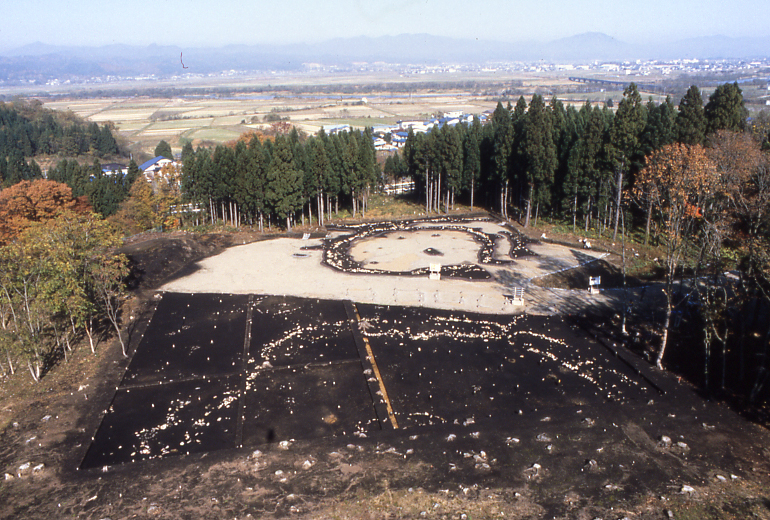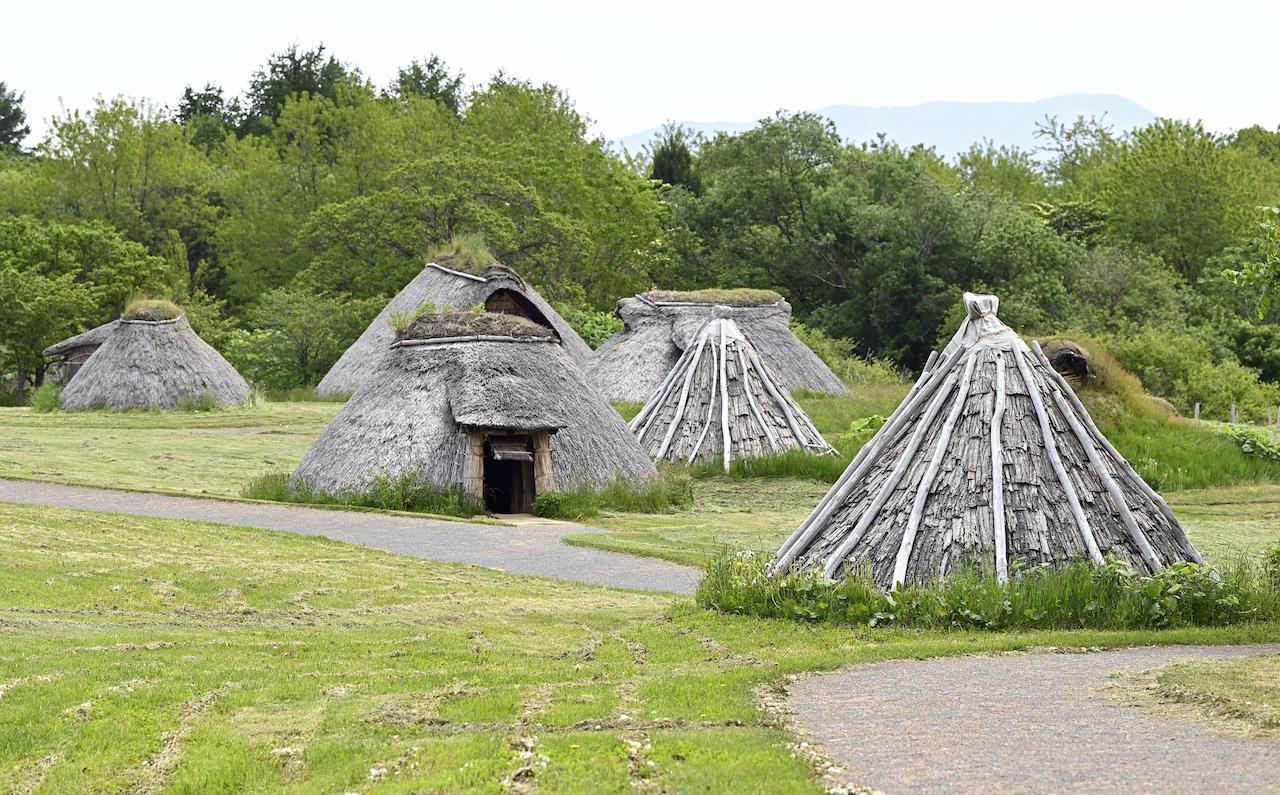More than 4,000 years after it was built, there is still no consensus on the original use of Isetodai: prehistoric stone circles in Japan.
“Although there was no contact between Japan and Great Britain in prehistory,” documents English Heritage«there are striking parallels between them«. Such is the case of the Isetodai site, erected in the Japanese countryside, with hundred ceremonial stone circles built by the Jomon culture, scattered in the Asian archipelago.
As is the case with the British ‘henges’, the Isetodai complex are upright stones intentionally arranged in a circle. Many of them are concentrated on the island of Hokkaido and Nagano. Although they have been widely documented throughout the country, they still there are no certainties about its original use. This is the reason.
Also read: This is the Guadalperal Dolmen, the ‘Spanish Stonehenge’ that appeared after the extreme drought
Aligned to natural cycles
According to records of UNESCO, the Isetodai complex has at least 17 prehistoric archaeological sites south of Hokkaido. Framed by the mountains, plains and hills of the countryside, it is known that they were used for at least 10 thousand years by the Jomon culture.
It is known that the inhabitants of these settlements were pre-agricultural, but sedentary. And what’s more: they devised a complex system of beliefs and spiritual rituals. Many of them, linked to nature and astronomical cycles —just as it happened in Stonehenge:
“It attests to the emergence, development, maturity and adaptability to environmental changes of a sedentary society of hunters-fishermen-gatherers,” explains the institution.
The expressions of spirituality of the Jomon culture were manifested with lacquered vessels, clay tablets imprinted with human feet and figurines with ‘googly eyes’with which UNESCO describes them, after cataloging the site as a World Heritage Site in 2021. For its part, the stone circles in Isetodai reach diameters of up to 50 meters, which “attests to the rare and very early development of pre-agricultural sedentary lifestyle«.
We suggest: These are the archaeological sites that the extreme global drought has uncovered
Isetodai: the first buildings in Japan?

Although the Isetodai site is still surrounded by a halo of mystery, Japanese archaeologists say that it was built 4 thousand years ago —around the same time that Stonehenge reached its peak. In addition to the colossal stone circles, they have been found prehistoric “traces of buildings”as described by the official website of the site.
In the same space, around 200 clay figurines have been found. Researchers think they were used as idols, used during prehistoric ceremonies for the adoration of the elements and natural phenomena.
For its part, English Heritage ties the function of Stonehenge—and other British stone circles—with the purpose of Isetodai and other similar sites in Japan. Because of the similarities between the two prehistoric developments, scientists think that the vertical megaliths were used as solar calendars, to govern agriculture. The fact that other sites in the country are aligned with the two solstices of the year strengthen this hypothesis.
Currently, all these elements can be seen in the Isetodai Museum. The institution offers guided walks through the stone circlesas well as a curated collection of all the thousand-year-old items that have been excavated from the site.
More prehistoric mysteries:
They decipher the mystery of the Stones of Carnac, the mythical megalithic site in the south of France
They reveal that Stonehenge was an ancient solar calendar of 365.25 days
They discover the true purpose of Stonehenge, thousands of years before becoming a solar calendar
This is the Prague Roundel, the mysterious Neolithic structure 7,000 years older than Stonehenge

